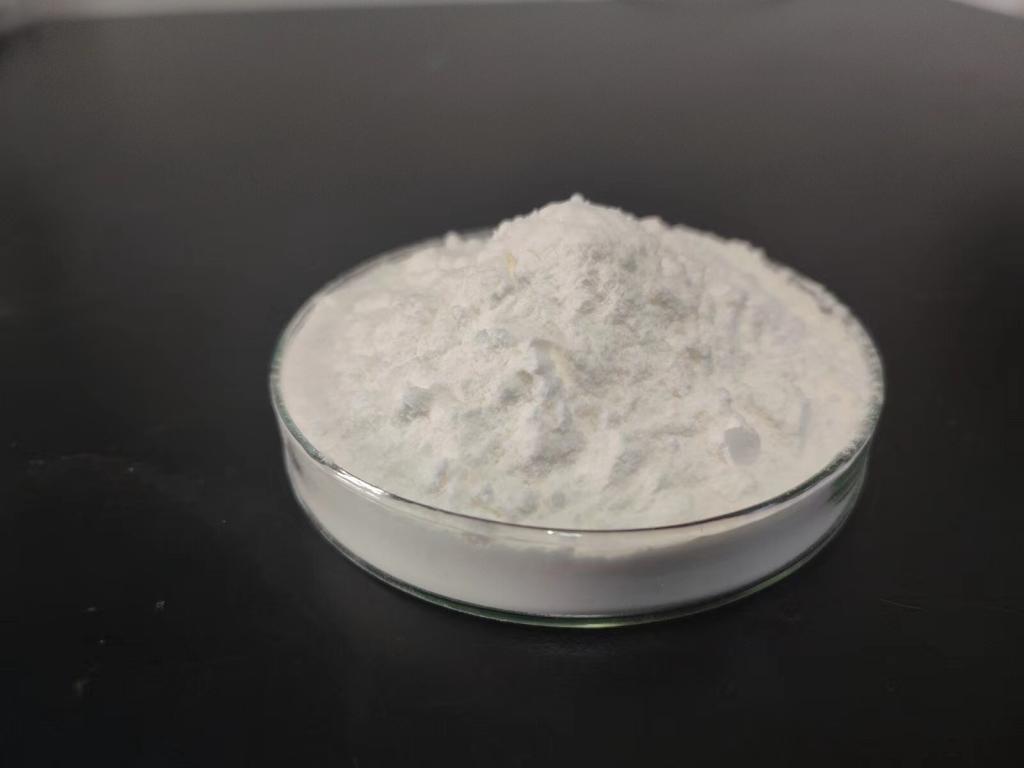Tel:0086 18231198596

News
Current Position:
Home >
News
>Sustainable Packaging Revolution: ε-Polylysine Hydrochloride's Eco-Friendly Impact
Sustainable Packaging Revolution: ε-Polylysine Hydrochloride's Eco-Friendly Impact
TIME:2024-01-18
1. The Environmental Toll of Traditional Packaging:
Traditional packaging materials, such as plastic and certain metals, have long been a staple in the packaging industry due to their versatility and cost-effectiveness. However, their environmental toll, including pollution, non-biodegradability, and resource depletion, has prompted a paradigm shift towards sustainable packaging solutions.
Plastic pollution, in particular, poses a severe threat to ecosystems, marine life, and human health. The quest for sustainable alternatives has intensified as consumers, businesses, and policymakers recognize the urgency of addressing packaging-related environmental issues.
2. The Rise of Sustainable Packaging: A Need for Alternatives:
The rise of sustainable packaging is a response to the environmental challenges associated with traditional packaging materials. Consumers are increasingly demanding eco-friendly options, and businesses are recognizing the importance of aligning with sustainability goals to maintain market competitiveness.
Sustainable packaging aims to reduce environmental impact throughout the entire life cycle, from raw material extraction to disposal. Biodegradability, recyclability, and the use of renewable resources are key criteria in evaluating the sustainability of packaging solutions.
3. Introduction to ε-Polylysine Hydrochloride:
ε-Polylysine hydrochloride, a natural antimicrobial peptide derived from microbial fermentation, presents a novel approach to sustainable packaging. Its unique properties make it a versatile solution for enhancing the shelf life of packaged products while addressing microbial contamination, a common challenge in the food and pharmaceutical industries.
Composed of lysine residues linked by ε-amide bonds, ε-Polylysine's antimicrobial activity is particularly effective against a broad spectrum of microorganisms, including bacteria and fungi. This natural peptide has garnered attention for its potential to extend the shelf life of packaged goods without relying on traditional preservatives that may have negative environmental impacts.
4. ε-Polylysine Hydrochloride in Food Packaging: Extending Shelf Life Naturally:
In the food industry, packaging plays a crucial role in preserving freshness and preventing spoilage. Traditional preservatives, often chemical additives, have raised concerns among consumers. ε-Polylysine hydrochloride offers an eco-friendly alternative by leveraging its natural antimicrobial properties.
Research indicates that ε-Polylysine can inhibit the growth of spoilage microorganisms and pathogens in packaged food products. Its application in food packaging films or coatings could potentially replace or complement traditional preservatives, providing a more sustainable solution for extending the shelf life of perishable goods.
5. Applications in Pharmaceutical Packaging: Enhancing Safety and Sustainability:
In the pharmaceutical industry, ensuring the safety and efficacy of drugs is paramount. Packaging materials must protect pharmaceutical products from contamination while maintaining their integrity. The use of ε-Polylysine hydrochloride in pharmaceutical packaging represents a dual-purpose solution – enhancing safety and sustainability.
Studies have demonstrated the antimicrobial efficacy of ε-Polylysine against a range of bacteria and fungi relevant to pharmaceutical products. Integrating this natural peptide into packaging materials could contribute to minimizing the risk of microbial contamination during storage and transportation, thereby reducing the need for traditional preservatives.
6. Biodegradability and Environmental Impact:
One of the key advantages of ε-Polylysine hydrochloride in sustainable packaging is its biodegradability. Unlike many traditional packaging materials, which persist in the environment for extended periods, ε-Polylysine undergoes natural degradation, leaving minimal ecological footprint.
The environmental impact of packaging materials extends beyond their disposal. The extraction and manufacturing processes also contribute to environmental degradation. As ε-Polylysine is produced through microbial fermentation, it offers a more sustainable sourcing method compared to resource-intensive processes involved in traditional packaging materials.
7. Challenges and Considerations:
While ε-Polylysine hydrochloride shows promise in sustainable packaging, challenges and considerations must be addressed. Research efforts should focus on optimizing formulations, understanding the material's compatibility with various packaging substrates, and ensuring that it meets regulatory standards for safety and efficacy.
Additionally, the scalability of production methods and cost considerations will play a role in the widespread adoption of ε-Polylysine in packaging applications. Collaboration between researchers, packaging manufacturers, and regulatory bodies is essential to overcome these challenges and facilitate the integration of ε-Polylysine into sustainable packaging practices.
8. Future Perspectives: Innovations in Sustainable Packaging with ε-Polylysine:
The future of sustainable packaging with ε-Polylysine hydrochloride holds exciting possibilities. Advances in formulation technologies, such as encapsulation methods or composite materials, could enhance the stability and functionality of ε-Polylysine in various packaging applications.
Exploring synergies with other eco-friendly packaging innovations, such as bioplastics and plant-based materials, could result in comprehensive and sustainable packaging solutions. As consumer awareness and demand for sustainable products continue to grow, the integration of ε-Polylysine into packaging materials could become a defining aspect of the next generation of eco-friendly packaging.
9. Conclusion: ε-Polylysine Hydrochloride as a Catalyst for Sustainable Packaging:
In conclusion, ε-Polylysine hydrochloride stands as a catalyst in the sustainable packaging revolution. Its unique properties, including natural antimicrobial activity, biodegradability, and eco-friendly sourcing, position it as a promising alternative to traditional preservatives in packaging applications.
As the world strives for more sustainable and environmentally conscious practices, ε-Polylysine's potential in sustainable packaging could revolutionize the way we preserve and protect goods. Ongoing research, innovation, and collaboration will play essential roles in realizing the full potential of ε-Polylysine hydrochloride as a key player in the evolution of sustainable packaging.

 CONTACT
CONTACT




